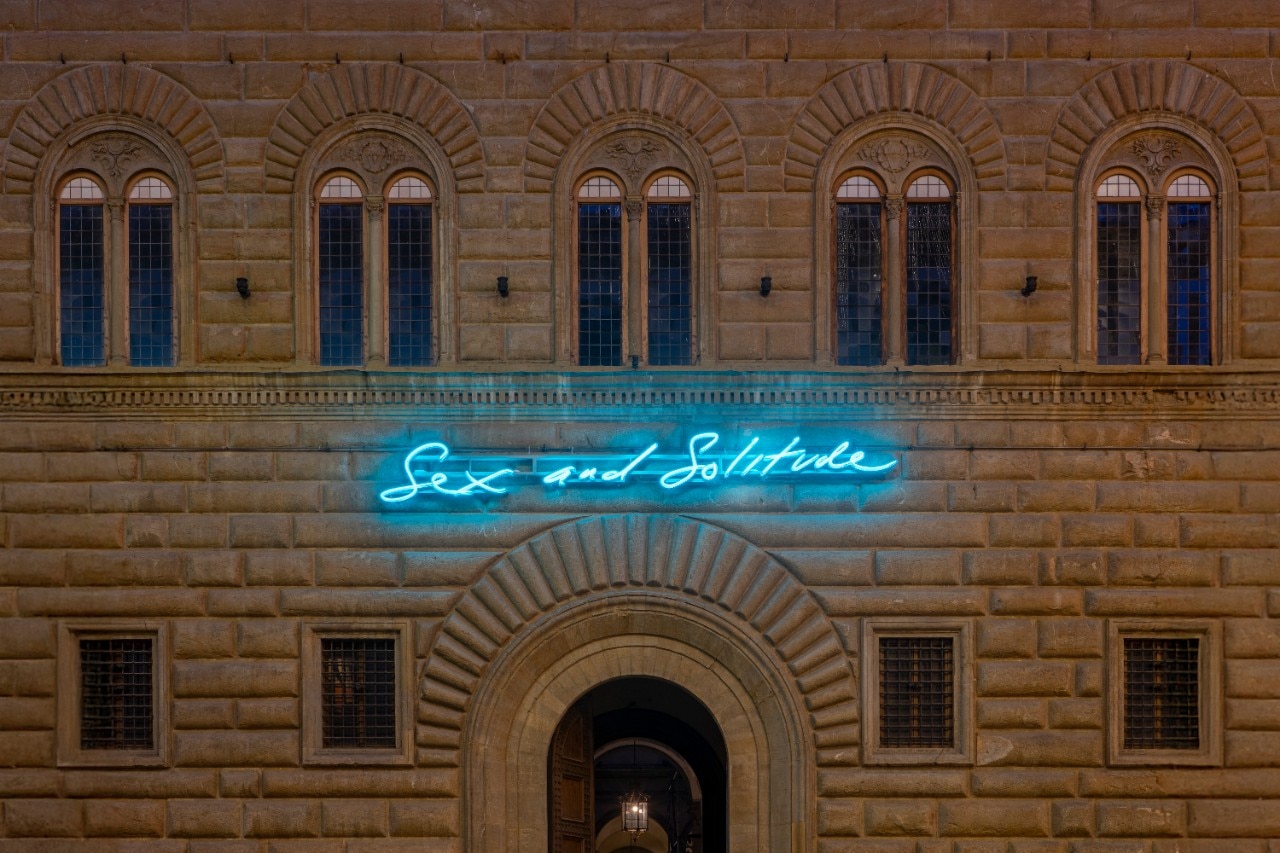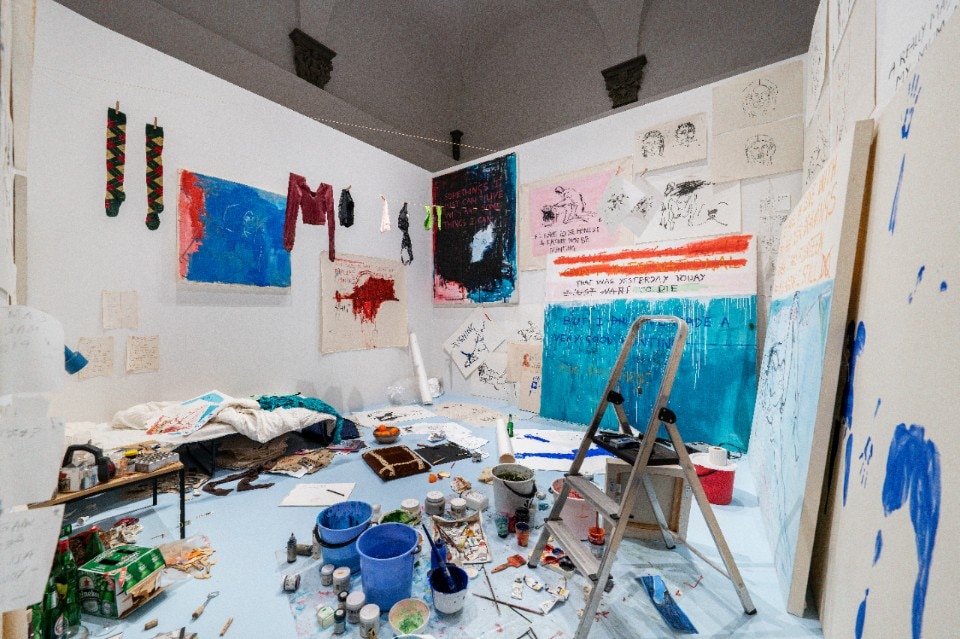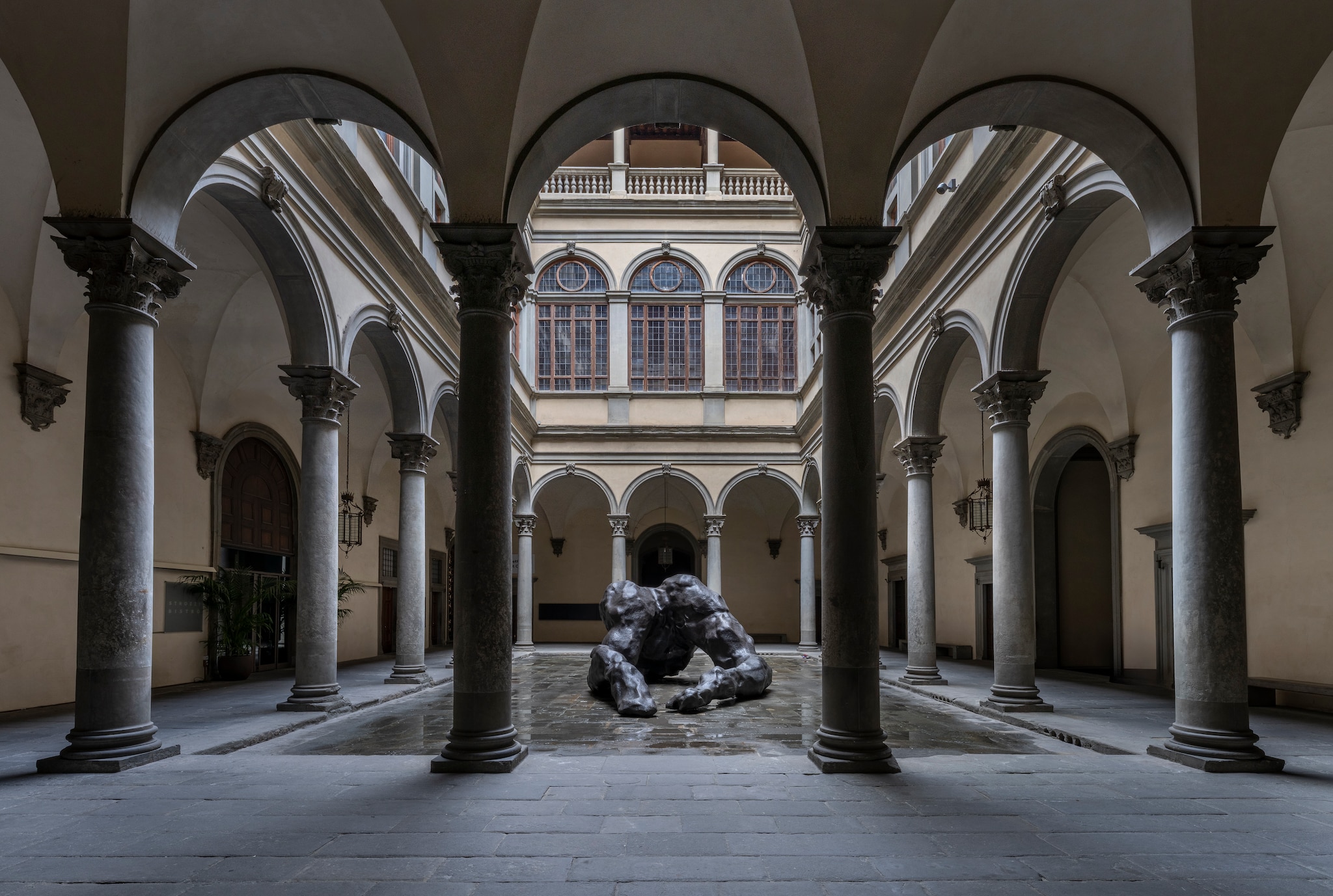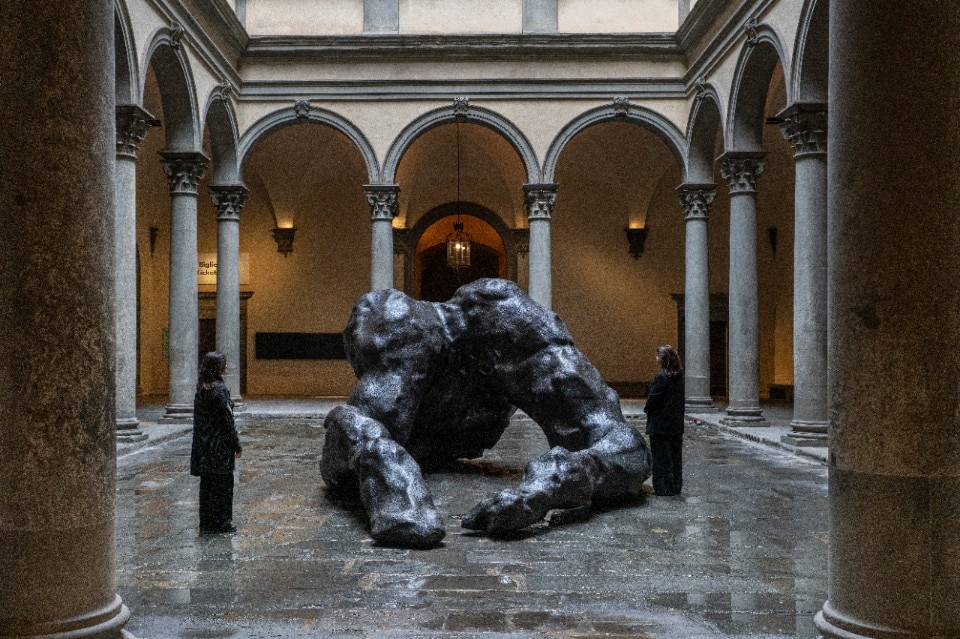Over the past thirty years, nearly everything has been said about Tracey Emin. That her art is cathartic, confessional, expiatory, autobiographical. That her paintings are intimate, raw, introspective, controversial. Scandal, impropriety, sexual explicitness, and inadequacy have all been shouted about her work, starting with My Bed – the recreation of her bedroom after what we now call "bed rotting" – which earned her a nomination for the Turner Prize in 1999 and officially cemented her place in the art world. Discussions about fragility, vulnerability, and hyper-exposure have followed her throughout her career.
For thirty years, the same words have been used, passed from mouth to mouth. And – in an almost obsessive way, verging on the pornography of pain – every time Emin has been discussed, her rape at the age of 13, the two abortions in the 1990s that affected her so deeply she destroyed all the art she had created until then, and the cancer that nearly killed her four years ago have all been mentioned.
People often ask me what I think about feminism. I always reply that I don’t think about feminism: I am a feminist
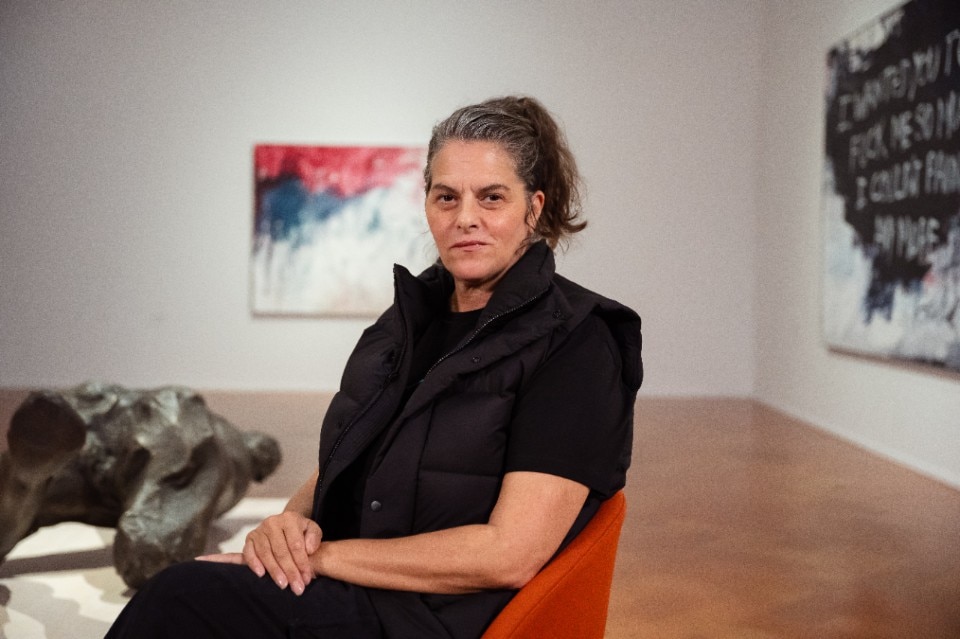
It seems almost impossible to talk about Emin without addressing all of this. But the reality is that most of what has been said barely scratches the surface of what the artist actually does with her art, with her emotions, with the very experience of existence and the pain intrinsic to it – because pain is inseparable from the act of love, which she calls “a constant pain.”
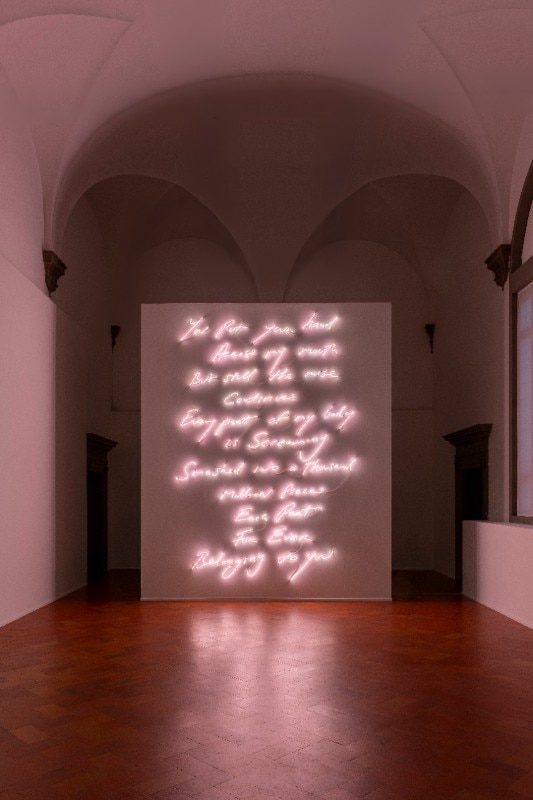
The only way to truly understand Emin is to observe her images (“they are not images, they are feelings,” she has often emphasized) and read her words, letting them resonate with something inside us that has existed before us. And to do so, the exhibition Tracey Emin. “Sex and Solitude” – on display at Palazzo Strozzi in Florence from March 16 to July 20 – is an unmissable opportunity. Below, a small guide to experiencing it fully through five of her most representative works.
Before delving into the works, a note on the title, inspired by a site-specific installation – a neon inscription bearing the same words – that welcomes visitors at the entrance of Palazzo Strozzi. Presenting the exhibition, Emin explains: "Many people in this room, and many people in general, have experienced what sex is and what solitude is: for me, they are intrinsic. When I was younger, sex drove me, made me think, made me act, whereas now that I am older, solitude is fundamental to my art."
Opening image: Tracey Emin, “Sex and Solitude”, Palazzo Strozzi, Florence, 2025. Photo Ela Bialkowska, OKNO Studio © Tracey Emin. All rights reserved, DACS 2025.


